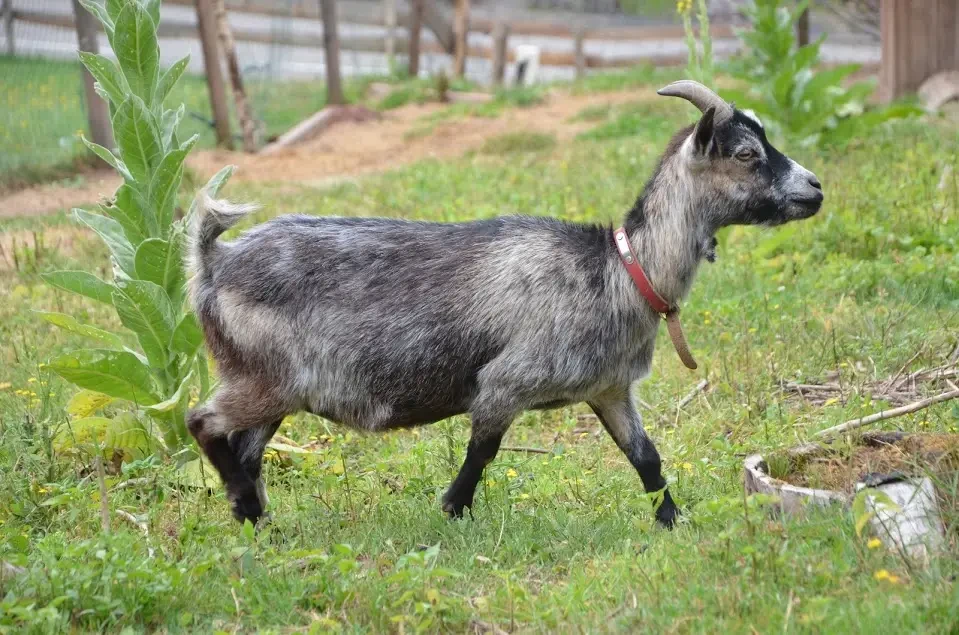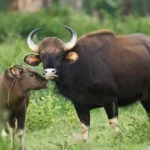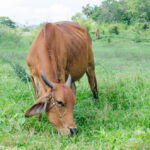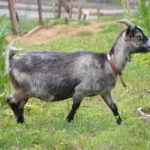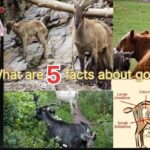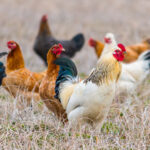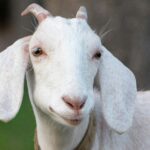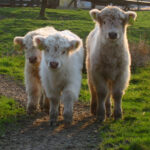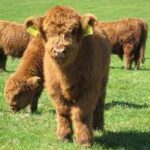Introduction Goats :
5 Amazing Specialties of Goats.When we think of goats, we often picture them grazing on hillsides or perched precariously on rocky ledges. Yet, beyond their picturesque appearances, goats possess a myriad of remarkable qualities that make them unique among domesticated animals. From their adaptability to their diverse utility, goats have long been valued by humans for more than just their milk and meat. In this article, we delve into five amazing specialties of goats that showcase their significance in agriculture, ecology, and culture.
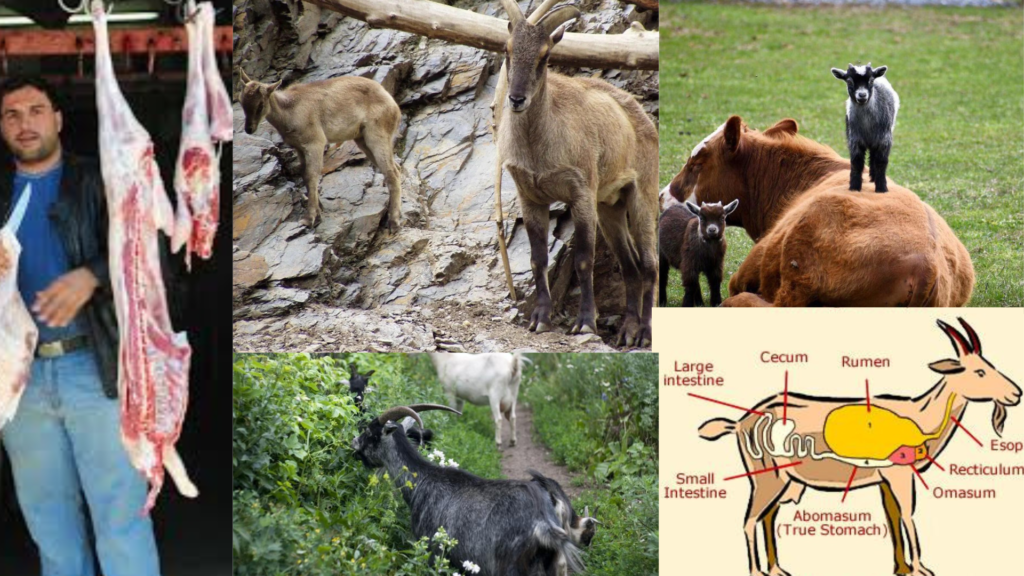
5 Amazing Specialties of Goats:
- Adaptability to Harsh Environments:
One of the most remarkable features of goats is their exceptional adaptability to various climates and terrains. Unlike many other livestock species, goats thrive in harsh environments characterized by steep slopes, sparse vegetation, and limited water sources. Their agile nature and efficient digestive system allow them to forage on a wide range of vegetation, including bushes, shrubs, and even tree leaves. This adaptability makes goats invaluable assets for sustainable land management practices, particularly in arid and mountainous regions where other livestock struggle to survive. - Milk with Exceptional Nutritional Value:
While cows may dominate the dairy industry in many parts of the world, goat milk offers a compelling alternative that is not only delicious but also highly nutritious. Goat milk is naturally homogenized, meaning the fat molecules remain evenly distributed, making it easier to digest than cow’s milk for some individuals, especially those with lactose intolerance. Additionally, goat milk contains higher levels of essential nutrients such as calcium, potassium, and vitamin A compared to cow’s milk. Its distinct flavor profile, often described as slightly sweet and tangy, adds versatility to various culinary applications, from cheeses and yogurts to baked goods and beverages. - Eco-Friendly Grazers and Weed Control Experts:
In an era of increasing environmental awareness, goats have emerged as eco-friendly grazers and effective weed control experts. Their browsing behavior, characterized by selective feeding on woody plants and invasive vegetation, can help restore biodiversity and prevent the spread of noxious weeds in natural ecosystems. Unlike mechanical or chemical methods of weed control, goat grazing offers a sustainable and non-invasive solution that minimizes soil disturbance and preserves native plant communities. Many conservation organizations and land managers now employ goats as part of their integrated pest management strategies to mitigate the negative impacts of invasive species on fragile habitats. - Source of Sustainable Fiber:
In addition to milk and meat, goats provide a valuable source of sustainable fiber known as mohair and cashmere. Mohair, derived from the Angora goat, is prized for its lustrous sheen, softness, and durability, making it an ideal material for luxurious textiles, carpets, and upholstery. Cashmere, obtained from certain breeds of goats such as the Cashmere or Pashmina goat, is renowned for its exceptional warmth, lightness, and insulating properties. The sustainable production of mohair and cashmere promotes livelihoods in rural communities and supports the ethical treatment of animals, ensuring the long-term viability of these valuable natural fibers in the fashion and textile industries. - Cultural Significance and Symbolism:
Beyond their practical utility, goats hold significant cultural and symbolic value in many societies around the world. From ancient mythology and religious rituals to folklore and literature, goats have been revered as symbols of fertility, abundance, and vitality across diverse cultures. In some traditions, goats are associated with gods and goddesses, such as Pan in Greek mythology and Thor in Norse mythology, symbolizing their connection to the natural world and the cycle of life. In many rural communities, goats play a central role in social ceremonies, festivals, and celebrations, reflecting their enduring presence in human history and imagination.
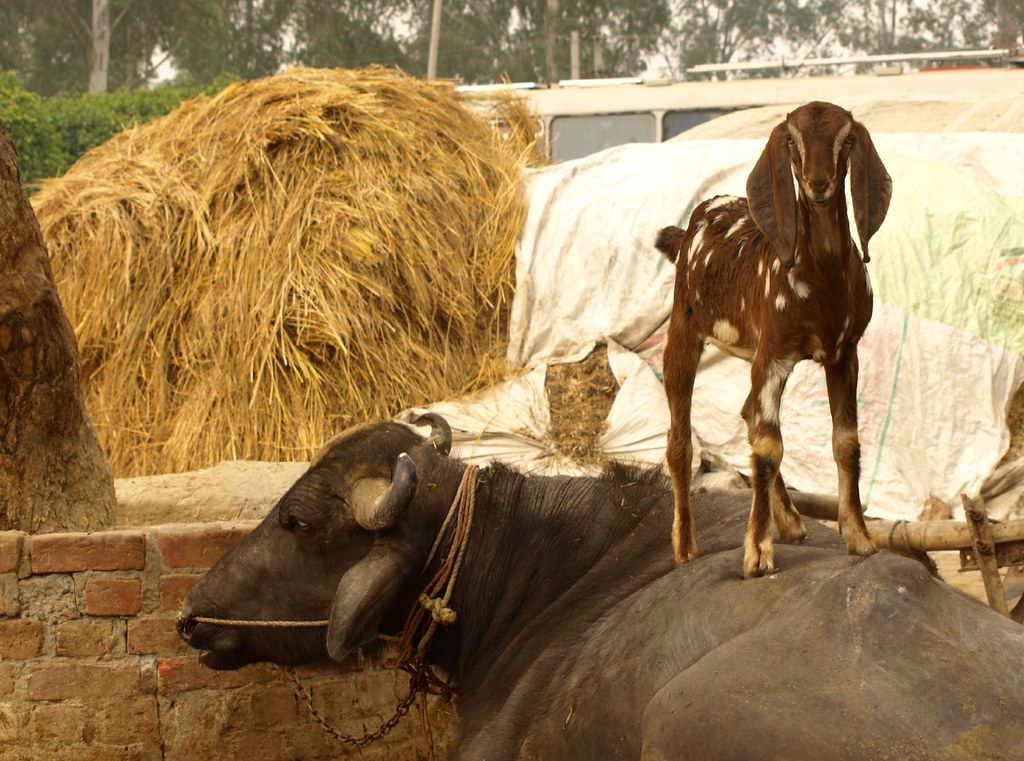
Conclusion:
In conclusion, goats are much more than just livestock animals; they are versatile, resilient, and culturally significant creatures that have shaped human societies for millennia. From their adaptability to harsh environments and nutritional value of their milk to their role in sustainable land management and cultural symbolism, goats continue to inspire awe and admiration across the globe. As we strive to build more sustainable and resilient food systems, the unique specialties of goats remind us of the invaluable contributions of these extraordinary animals to our lives and the planet.
